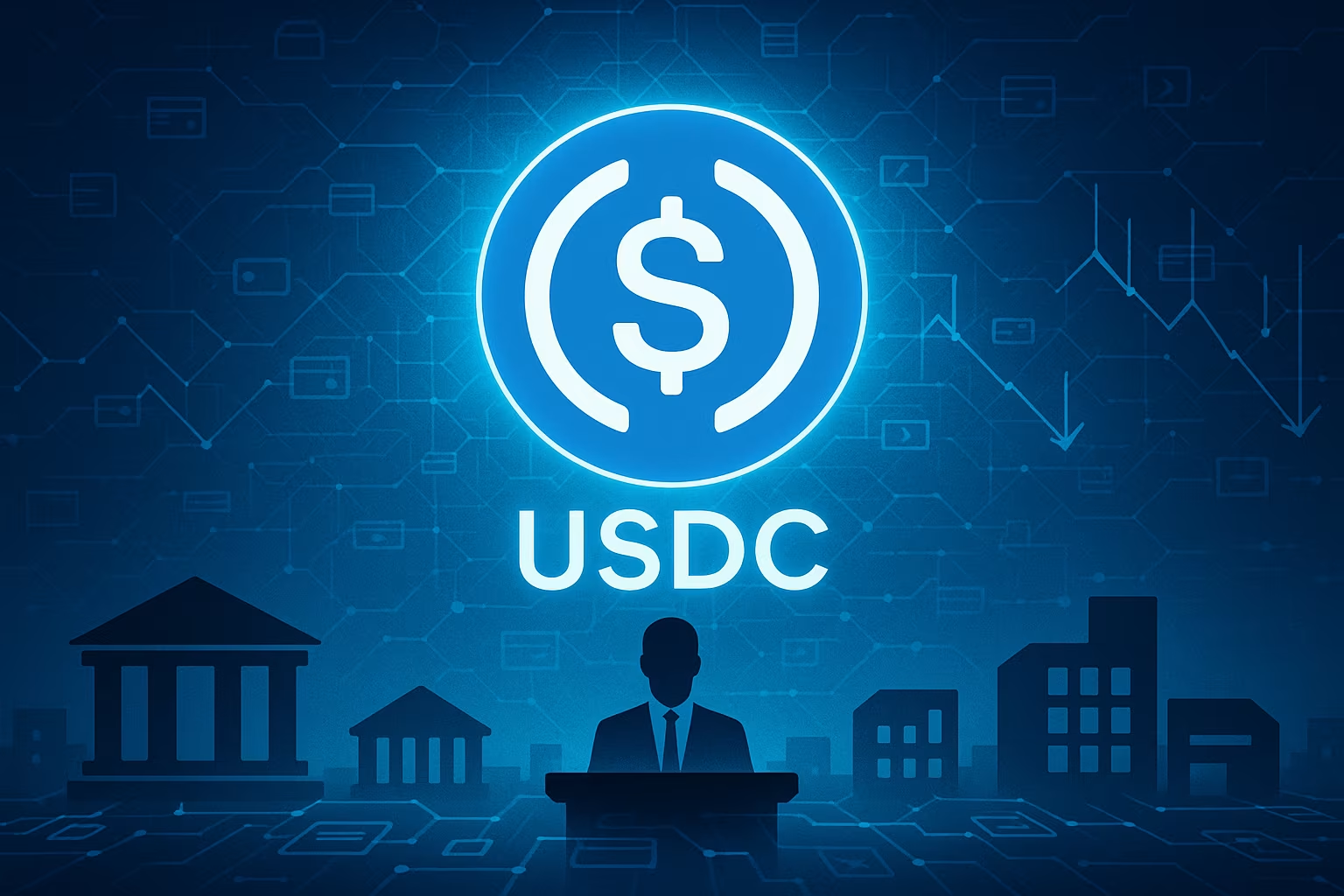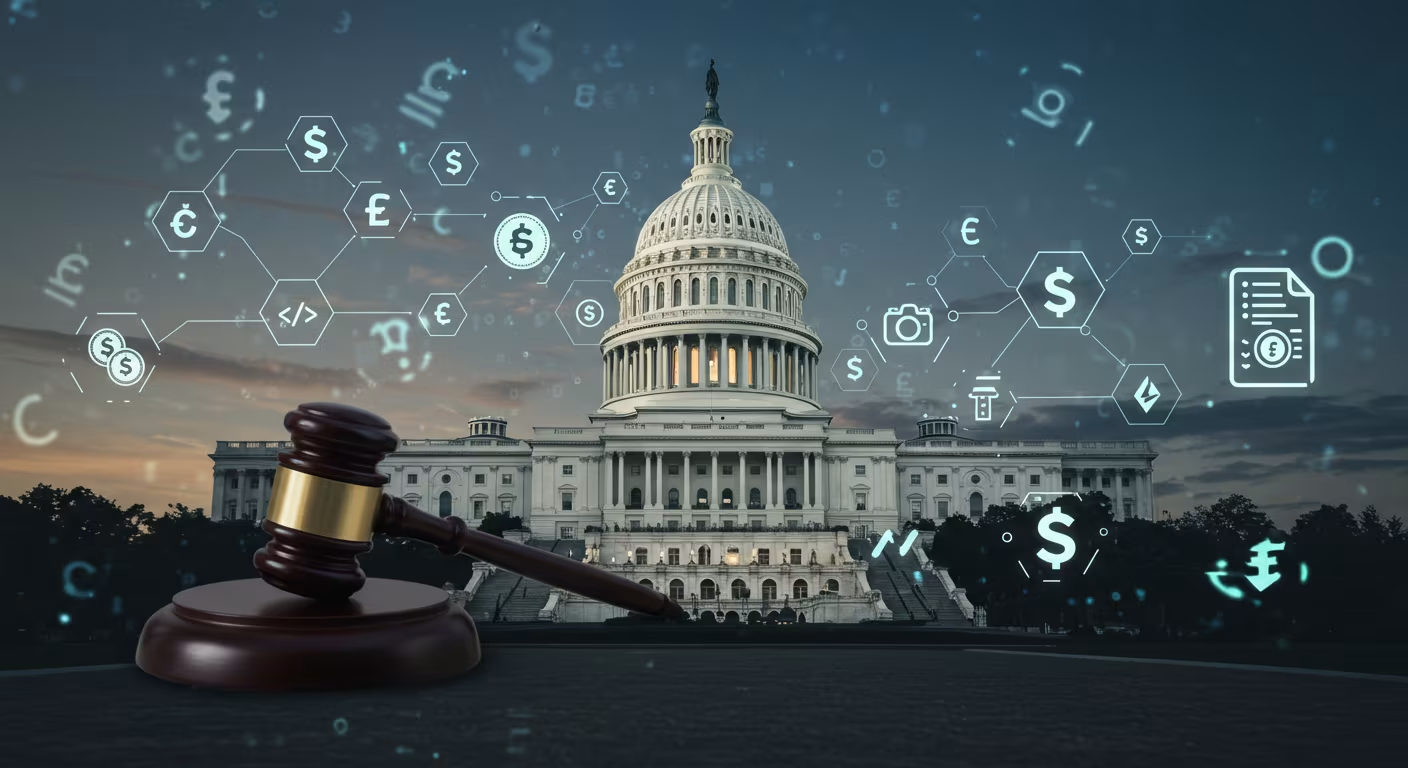The race to dominate digital payments has entered a new and heated phase as Circle, the issuer of the popular USDC stablecoin, accelerates its blockchain ambitions. By promoting its vision of a global payments system built on blockchain rails, Circle has positioned itself at the center of a debate that pits traditional financial institutions, regulators, and fintech innovators against one another. At stake is nothing less than the future architecture of money movement—whether it will remain in the hands of banks and card networks or transition toward decentralized, blockchain-powered alternatives.
Circle’s Vision for Digital Payments
At the heart of Circle’s strategy is the idea that blockchain technology can serve as a universal settlement layer, replacing the patchwork of correspondent banking networks, card intermediaries, and legacy systems that underpin today’s global payments. With USDC already widely used in cryptocurrency trading, decentralized finance (DeFi), and cross-border transfers, Circle is expanding its pitch: blockchain-based stablecoins can serve as a faster, cheaper, and more transparent medium for everything from payroll to remittances.
Jeremy Allaire, Circle’s co-founder and CEO, has consistently argued that USDC’s strength lies in its credibility and transparency. Fully backed by U.S. dollar assets and subject to regular attestations, USDC is presented as a trusted bridge between the traditional financial system and the emerging digital economy.
Friction With Traditional Players
But Circle’s push has sparked friction with established players in finance. Banks, card networks, and payment processors are wary of losing their dominant role in global payments. For decades, institutions like Visa, Mastercard, and SWIFT have acted as essential intermediaries, controlling the flow of trillions of dollars across borders. Blockchain technology, if scaled successfully, threatens to disintermediate many of these players.
Traditional firms argue that blockchain payments may introduce new risks, including cybersecurity vulnerabilities, AML (anti-money laundering) gaps, and operational challenges at scale. For banks, the concern goes beyond technology—it is about losing a revenue stream built on fees, spreads, and control over the payment infrastructure.
Regulatory Tensions Rise
The regulatory landscape is another arena where Circle’s ambitions are colliding with entrenched interests. Policymakers are grappling with how to classify and supervise stablecoins, especially as their usage grows beyond crypto-native applications. Some regulators view Circle’s efforts as a legitimate evolution of the financial system, while others see them as a threat to monetary sovereignty and financial stability.
In the United States, legislation is being debated that could impose stricter oversight on stablecoin issuers, including reserve requirements and mandatory bank charters. In Europe, the Markets in Crypto-Assets (MiCA) regulation seeks to define how stablecoins operate within the EU. Circle has responded by leaning into transparency and compliance, positioning itself as a “good actor” willing to work with regulators—an approach that contrasts with some crypto firms that adopt a more confrontational stance.
Clash of Models: Centralization vs. Decentralization
At the heart of the debate is a clash of models. Circle envisions a blockchain-based payments network where stablecoins like USDC provide instant settlement and interoperability across borders. Traditional institutions, however, argue that centralized systems with strong gatekeepers are better suited to maintain trust and stability.
Decentralized advocates counter that blockchain offers greater efficiency, reduces costs, and empowers users by removing intermediaries. They point to cross-border payments, where fees remain high and settlement times long, as a prime example of how the current system is failing. If Circle’s model can demonstrate reliability at scale, it could rewrite the rules of global commerce.
Competition Heats Up
Circle is not alone in this fight. Rival stablecoin issuers, fintechs, and even central banks are entering the digital payments arena. PayPal, for example, has launched its own stablecoin, signaling that mainstream fintech companies see opportunity in this space. Meanwhile, central banks are exploring central bank digital currencies (CBDCs), which could offer a state-backed alternative to private stablecoins like USDC.
For Circle, this means the path ahead is not only about competing with legacy players but also navigating a crowded field of challengers. Its advantage lies in USDC’s liquidity, widespread adoption in crypto markets, and reputation for compliance—but sustaining that lead will require constant innovation.
Implications for Global Commerce
The stakes are enormous. If blockchain-powered stablecoins like USDC gain widespread adoption, global commerce could be reshaped. Payments that once took days and incurred significant fees could settle instantly at minimal cost. Businesses could pay suppliers across borders with greater ease, while consumers could send remittances home in seconds rather than days.
On the flip side, the shift could destabilize parts of the financial system that depend on traditional payment rails. Banks could lose significant revenue, while regulators may worry about reduced visibility into money flows. The challenge will be finding a balance between innovation and stability, ensuring that the benefits of blockchain payments are realized without creating new systemic risks.
What Comes Next
Circle’s blockchain push is forcing the financial industry to confront uncomfortable questions about the future of payments. Will blockchain serve as the new backbone of global finance, or will regulators and incumbents succeed in defending traditional models? Much will depend on how quickly Circle and others can scale adoption beyond crypto users to mainstream consumers and businesses.
For now, the clash continues. With billions of dollars in stablecoins already circulating, growing corporate interest, and active regulatory debates, the future of digital payments is being written in real time. Whether Circle’s blockchain vision becomes the foundation of tomorrow’s financial system or one experiment among many, it has already reshaped the conversation around how money moves in a digital age.





